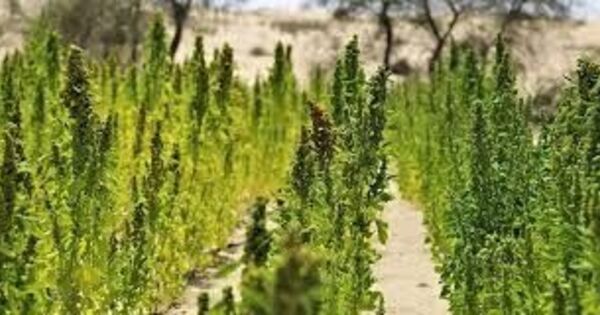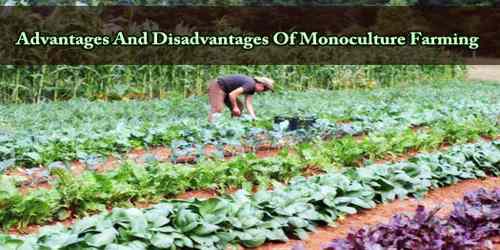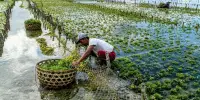Biosalinity is the study and application of using saline (salty) water to irrigate agricultural crops. It refers to an organism or ecosystem’s ability to withstand or thrive in saline settings, such as those with high salt concentrations. This adaptation is critical for creatures living in salt marshes, estuaries, saline soils, and even some inland rivers with naturally high salt content.
Many arid and semi-arid regions do contain water sources, however the water is typically brackish (0.5-5g/L salt) or saline (30-50g/L salt). Water may be found in underground aquifers or as seawater along coastal deserts. Saline water causes soil salinization, making it unsuitable for raising most crop plants. Indeed, many arid and semi-arid areas were simply deemed unfit for agriculture, and agricultural development did not begin systematically until the second part of the twentieth century.
Plants and microorganisms in biosaline environments have evolved various mechanisms to cope with high salt concentrations. These adaptations may include:
- Osmotic Regulation: Maintaining internal salt concentrations lower than the external environment through processes like ion transport and accumulation of organic solutes.
- Ion Exclusion: Preventing the uptake of excessive salts from the soil or water, often by selective absorption and transportation mechanisms in roots.
- Salt Gland Secretion: Some plants excrete excess salts through specialized structures like salt glands, which helps maintain a healthier internal environment.
- Halophyte Adaptation: Halophytes are plants specifically adapted to saline conditions. They may have specialized root structures, metabolic pathways, and leaf structures that minimize salt damage and maximize water uptake.
- Microbial Communities: Microorganisms in biosaline habitats frequently play critical roles in nutrient cycling and ecosystem stability, which contribute to the overall resilience of these ecosystems.
Biosalinity research includes studies of the biochemical and physiological mechanisms of salt tolerance in plants, breeding and selection for salt tolerance (halotolerance), discovery of periods in a crop plant’s life cycle when it may be less sensitive to salt, use of saline irrigation water to increase desirable traits (such as sugar concentration in a fruit) or to control the ripening process, study of the interaction between salinity and soil properties, and development. See also halophile bacteria, which thrive in salty environments.
















